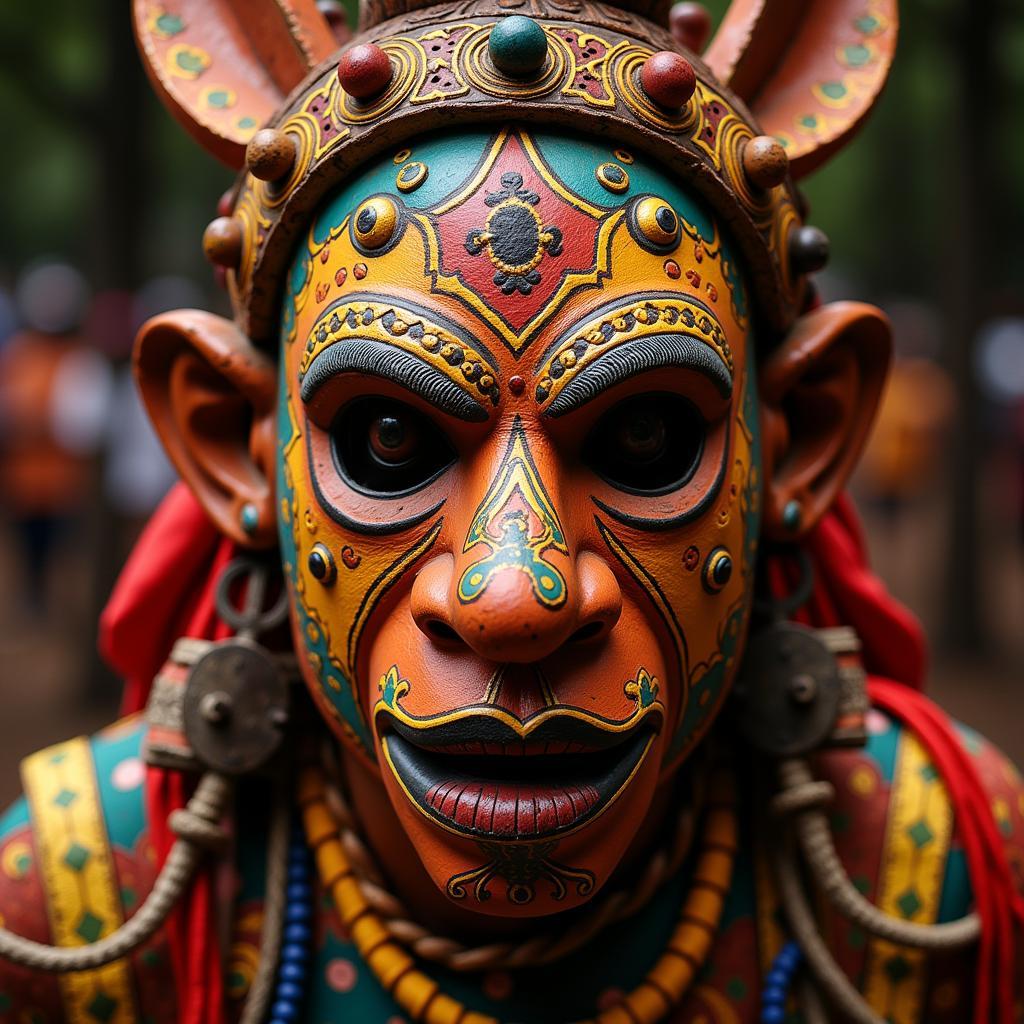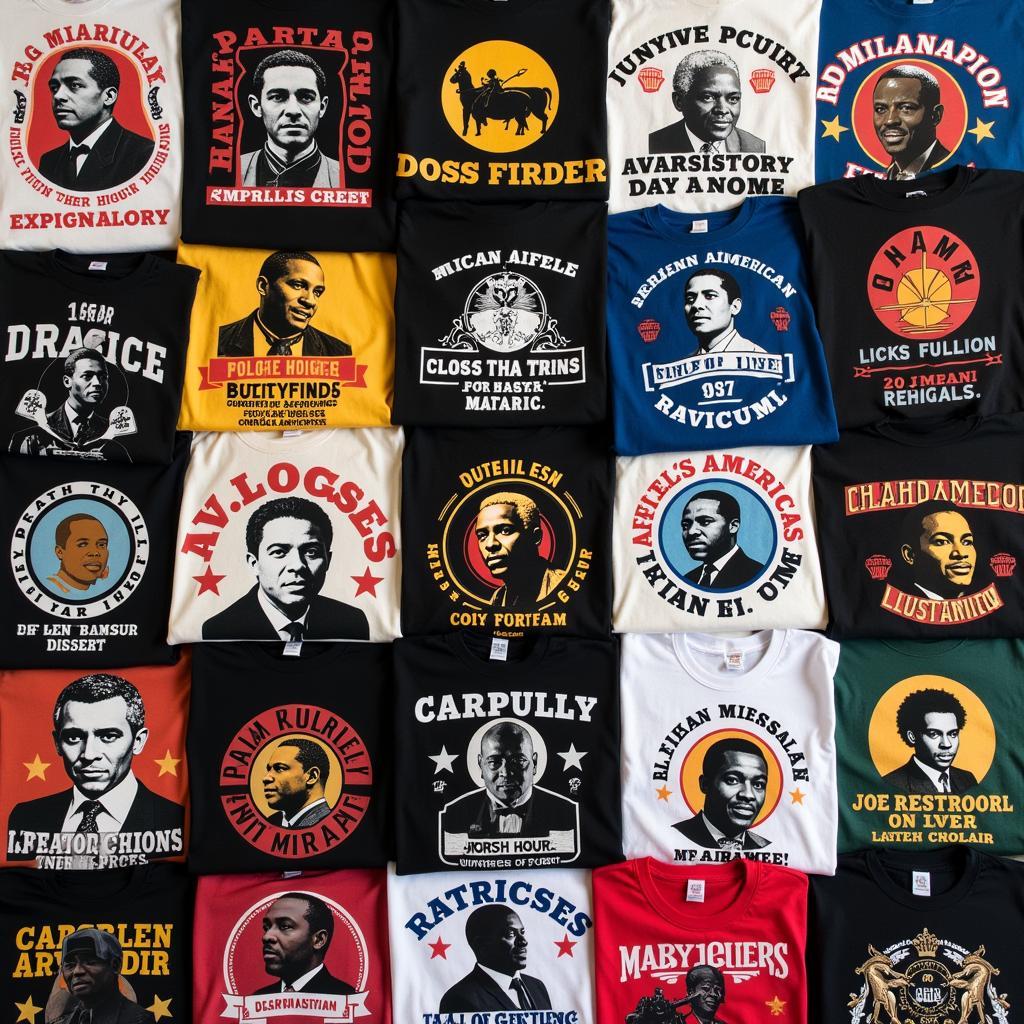African Art in Cultural Perspective: An Introduction by William Bascom
African art in cultural perspective, as introduced by William Bascom, revolutionized the way the world understands African artistic traditions. Bascom’s work moved beyond viewing these objects as mere artifacts and emphasized their deep integration within the social, religious, and historical contexts of their creation. This article delves into the significance of Bascom’s contribution and explores the rich tapestry of African art through a cultural lens.
Understanding Bascom’s Contribution to African Art Studies
William Bascom’s work marked a crucial turning point in the study of African art. He challenged prevailing Western perspectives that often viewed African art through a purely aesthetic lens, detached from its cultural significance. His emphasis on understanding the function and meaning of art within its specific cultural context paved the way for a more nuanced and appreciative approach to African artistic traditions. Bascom’s research highlighted the integral role of art in various aspects of African Life, from religious rituals and social ceremonies to everyday activities. He demonstrated that African art is not simply decorative but rather a dynamic force that shapes and reflects the values, beliefs, and experiences of African communities.
 African Mask Used in Ritual Ceremony
African Mask Used in Ritual Ceremony
The Four Functions of African Art according to Bascom
Bascom identified four primary functions of African art: aesthetic, religious, social, and economic. While acknowledging the aesthetic beauty of African art, he argued that its primary purpose often extends beyond mere decoration. Religious functions include the use of masks and sculptures in spiritual ceremonies and rituals. Socially, art can serve to reinforce social hierarchies, commemorate historical events, or communicate important messages within the community. Finally, art plays an economic role through its production and trade, contributing to the livelihoods of artists and communities.
Exploring the Diversity of African Art Forms
African art encompasses a vast array of forms, each reflecting the unique cultural heritage of different regions and ethnic groups. From intricate wood carvings and vibrant textiles to elaborate masks and expressive sculptures, African art showcases the creativity and ingenuity of its creators. The materials used, the techniques employed, and the stylistic choices all carry cultural meaning and reflect the specific environment and traditions of the communities that produce them. For instance, the use of specific colors or patterns might symbolize certain social statuses or spiritual beliefs.
 African Textiles with Cultural Symbols
African Textiles with Cultural Symbols
How Cultural Context Informs Interpretation
Understanding the cultural context is essential for interpreting the meaning and significance of African art. A mask, for example, might appear frightening or grotesque when viewed out of context. However, within its cultural setting, it could represent a powerful ancestor, a protective spirit, or a symbol of social order. Similarly, a seemingly simple geometric pattern on a textile could convey complex messages related to lineage, history, or social relationships.
“Understanding the cultural context behind a piece of African art is like unlocking a secret code. It reveals the rich layers of meaning embedded within the artwork and allows us to appreciate its true significance,” says Dr. Abena Owusu, a renowned scholar of African art history at the University of Ghana.
The Impact of Colonization and Globalization on African Art
The history of African art has been significantly impacted by both colonization and globalization. Colonial rule often led to the suppression of traditional art forms and the imposition of Western artistic values. However, African artists also demonstrated remarkable resilience, adapting their artistic practices to new circumstances and creating new forms of expression that reflected the changing times. Globalization has brought about increased exposure to international markets and artistic influences, leading to both opportunities and challenges for African artists.
Preserving and Celebrating African Artistic Heritage
Preserving and celebrating African artistic heritage is crucial for ensuring its continued vitality and relevance. Museums, cultural centers, and educational institutions play a vital role in safeguarding these traditions for future generations. Supporting contemporary African artists and promoting their work on a global platform also helps to ensure the ongoing evolution and appreciation of this rich artistic legacy.
“African art is not a static entity frozen in time. It is a living tradition that continues to evolve and adapt to new influences while remaining deeply rooted in its cultural heritage,” notes Professor Kwame Anthony Appiah, a prominent philosopher and cultural critic specializing in African intellectual history.
Conclusion: African Art in Cultural Perspective – A Continuing Journey
William Bascom’s “African Art in Cultural Perspective” provided a foundational framework for understanding the rich tapestry of African artistic traditions. By emphasizing the cultural context, he illuminated the multifaceted functions and meanings of African art, moving beyond purely aesthetic interpretations. As we continue to engage with African art, it is essential to embrace this culturally informed perspective, acknowledging the dynamic interplay between art, history, society, and spirituality. This approach allows us to appreciate the depth and complexity of African artistic expressions and ensures that these invaluable cultural treasures continue to inspire and enrich our understanding of the world.
FAQ
- What is the main argument of William Bascom’s “African Art in Cultural Perspective”? Bascom argues that African art should be understood within its cultural context, emphasizing its functional and symbolic significance rather than solely its aesthetic qualities.
- What are the four functions of African art according to Bascom? Bascom identifies aesthetic, religious, social, and economic functions.
- How has colonialism impacted African art? Colonization led to the suppression of some traditional art forms but also spurred new forms of artistic expression.
- Why is it important to understand the cultural context of African art? Cultural context provides the key to interpreting the meaning and significance of African art, revealing its deeper layers of symbolic and functional value.
- How can we contribute to the preservation of African artistic heritage? Supporting museums, cultural centers, and contemporary African artists are essential for preserving and celebrating this rich legacy.
- What are some examples of African art forms? Examples include masks, sculptures, textiles, pottery, and beadwork.
- Where can I learn more about African art? Museums, academic institutions, and online resources offer a wealth of information on African art history and culture.
Need assistance? Contact us 24/7: Phone: +255768904061, Email: kaka.mag@gmail.com, Address: Mbarali DC Mawindi, Kangaga, Tanzania.

